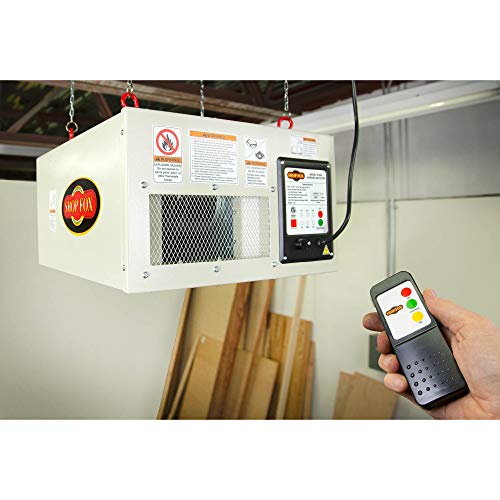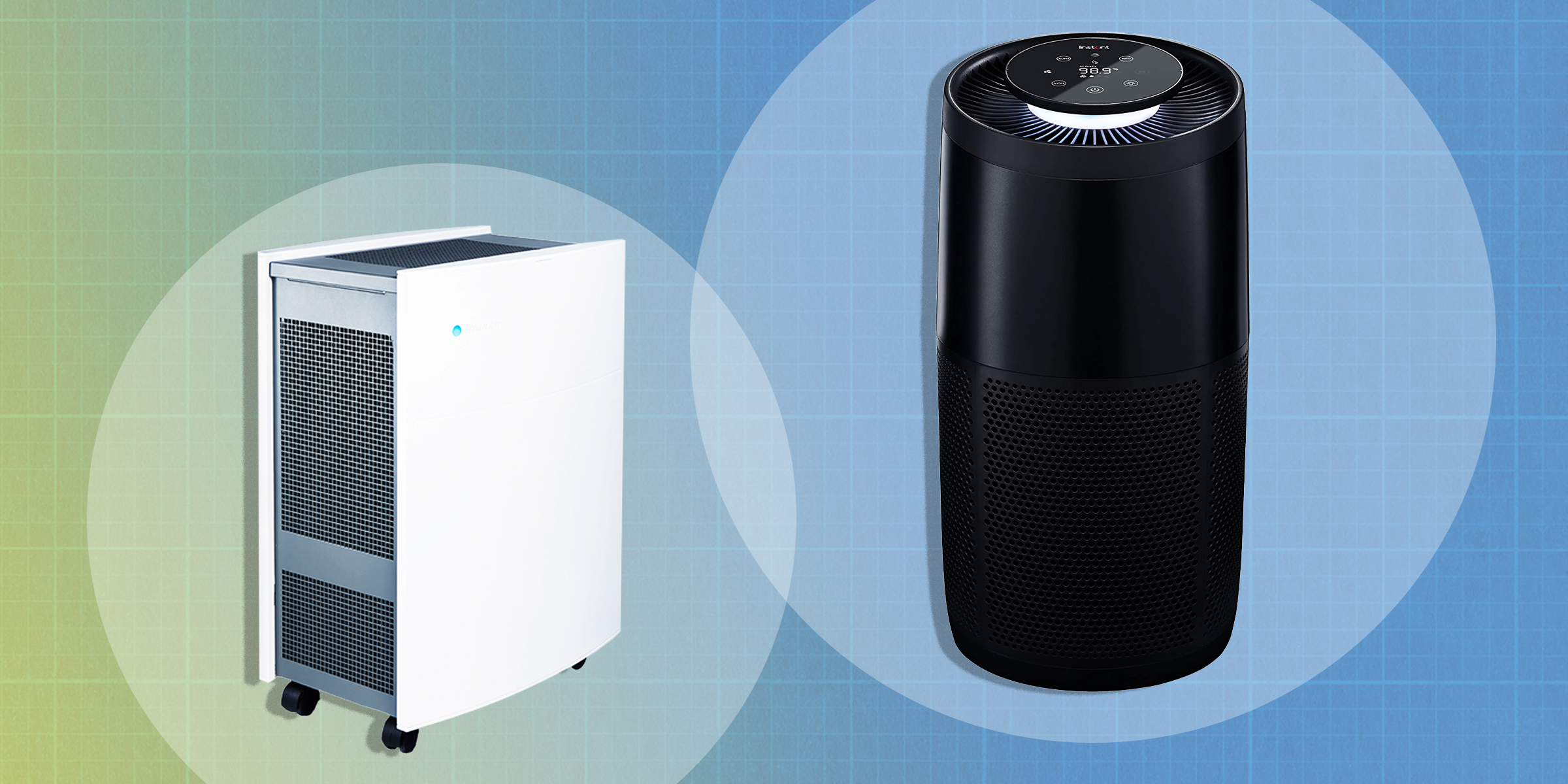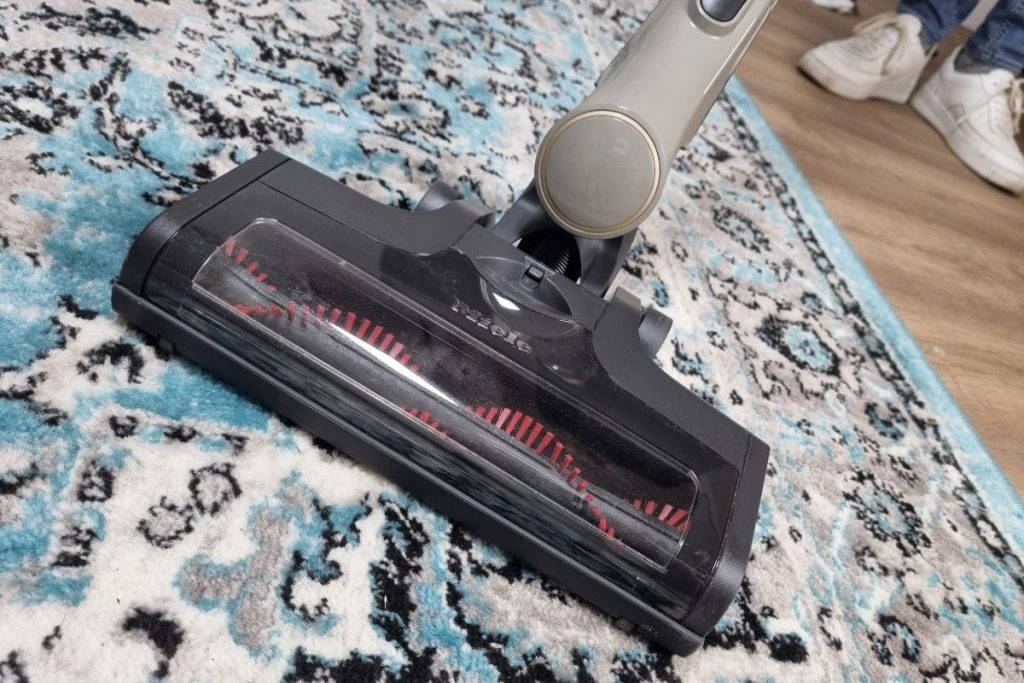Best Woodshop Air Filtration System Of 2024: Completed List
Sonya Harris Apr 19, 2024 8:05 PM
What is the current state of the best woodshop air filtration system in the market? As a result of the sheer number of options available, clients are likely to feel intimidated while trying to find an appropriate brand to shop for, There are simply too many choices, many of which are low-quality knock-offs, on the market.
In order to aid you in making an informed decision, we've put together a list of 9 different best woodshop air filtration system product options that we've investigated and analyzed.

Overview
The following are some of the most important ideas:
-
When cutting or sanding wood, fine dust is produced that is damaging to our lungs.
-
Air filtration systems are superior in terms of efficiency and effectiveness to dust collectors or other less expensive alternatives.
-
It took me more than 20 goods to narrow it down to a few that met my criteria.
Have you ever had difficulty breathing when working in a wood shop? Surely you've done so. And the cause is an excess of airborne dust particles.
Woodshop air filtration systems are the most practical and effective way to deal with this issue.
Please be aware that your dust collector will not be able to capture microscopic or submicron particles. To acquire the greatest filtration system for your money, check out my reviews of the items I've selected.
- SCORE9.2
- BrandPOWERTEC
- Prime
- SCORE9.0
- BrandJet
- Prime
- SCORE8.6
- BrandPowermatic
- Prime
- SCORE8.0
- BrandPOWERTEC
- Prime
Last update on 2024-04-19 / Affiliate links / Images, Product Titles, and Product Highlights from Amazon Product Advertising API
Most of my woodshop air filtration reviews have already been read by you. Consider the following aspects before deciding which air filtration system to purchase.
Airflow (CFM) & Area Coverage
The volume of air that an air purifier or filtration system can move determines its power.
The unit of measurement here is the cubic foot per minute (shortened to CFM). Choosing a CFM-efficient system necessitates some math.
Multiply the room's length by its width to arrive at the final measurement of the space.
Then add the room's height and the number of air changes each hour to get the final result.
But what does “air changes” mean?
Just how often do you want your air filtration system to pump out fresh air into the workshop? Count on it!
There are some rooms where 12 to 15 air changes per hour are required, but if you don't conduct any heavy woodworking, 6 air changes per hour would suffice.
You can already see how powerful the filtering systems are from the review in the previous section. Consider the size of your woodworking shop when selecting an air filtering system.
Filter Size
The quality of the air filtration system's filters is another way to gauge its effectiveness.
Particles smaller than 5 microns are typically captured by external filters in most systems. They guarantee a level of air purification of between 80% and 95%.
If you have a large workshop, you'll need more or fewer filters depending on the size of your projects and how often you work there.
Consider the filtration system's details as well. The use of both internal and exterior filters in some air filtration systems improves air quality.
Avoid single-filter versions because they can't catch large particles and are easily clogged, no matter what you decide.
Fan Speed
Your air filtration system's fan speeds have a big role in its adaptability.
You should increase the fan speed if you have a large workshop. It's not hard to see how the machine's CFM and speed are linked.
Look for models that have a variable fan speed as an additional feature to consider. This is a function that must be available in the best woodshop air filtration system.
Filtration Level
Larger particles, such as dust and smoke, are typically the focus of the vast majority of these devices. HEPA filtration machines are capable of capturing particles that are far smaller than those that use other types of filtering. There is only one unit with HEPA filtration on our list. You may want to consider an air scrubber if you need the most thorough filtering available in your workshop.
Filter Types
Some filters are washable and can be reused. Another option is to use an air compressor to blow out the old one and then reuse it a few times before throwing it away. Make sure you know what kind of filters the filtration system has, how they are cared for, and how much it will cost to repair them if they break.
Portability or Fixed Installation
The majority of air filtration systems for workshops are meant to be installed in the ceiling. They can also be utilized as portable units. Generally speaking, the majority of them do so. The A600, which is designed for portability, is the only exception to this rule.
Shop size
The size of your shop is one of the most crucial aspects to consider. The air filtration system you need in a large woodshop will be more powerful than the one you need in an apartment.
Type
There are a variety of air filtration systems to pick from when buying for a new one. A filtered hood is the first type.
This sort of filter is often installed on top of your main workbench and can filter the surrounding area. It's important to note, however, that this method only works if you complete all of your tasks in one location.
A central dust collection unit is another form of air filtration system. Connected to the tools in your business, these filters clean the air as it leaves each machine.
For example, a powerful router's sawdust can be captured by one of these systems.
Maintance
In addition, you should take into account the ease with which you will be able to maintain your air filtration system. For large workshops, the filtration procedure should not be overly time-consuming or complicated.
It's possible to save time and effort by using filters that are easy to change.
Budget
There is no one-size-fits-all solution when it comes to purchasing an air filtering system for your woodshop.
When shopping, take in mind that some varieties are more suited to particular sorts of woodworking than others.
Where do you put an air filter in a woodshop?
As a rule, a woodshop air filter should be mounted to a ceiling. It is critical to remember that an obstruction-free air intake is a need.
What is an air filtration system?
Air filters are used in an air filtration system to remove harmful particles from the air in your woodshop.
What filter do I need for woodworking?
The dust and particles generated by woodworking necessitate a high-efficiency particulate air (HEPA) filter. The best way to keep your lungs safe from sawdust and other small particles is to use a HEPA filter, which can remove 99.97% of the airborne particles with a diameter of 0.3 microns or bigger.
Where do you put the air purifier in a woodshop?
It's best to locate the air purifier near a wall or door so that it can capture all of the woodshop's existing dust. For the safety of small children and dogs, you may also want to put it on a high shelf.
What happens if you inhale wood dust?
Asthma, dermatitis, and even cancer have been linked to inhaling wood dust. Thankfully, this isn't meant to scare you.
Filtration systems for woodworking shops should be able to remove sawdust and other air contaminants with ease. The size of your shop, the sort of machinery you use, and the level of pollution are all things to keep in mind when selecting a woodshop air filtering system.
With the help of this guide, you'll know how to choose the ideal woodshop air filtering system for your needs. If you're looking for the best woodshop air filtration system, we hope this information is useful to you in your search.
Our best air filtering system for wood shops is here to answer any questions or concerns you may have. Please feel free to contact us or leave a comment below.






















